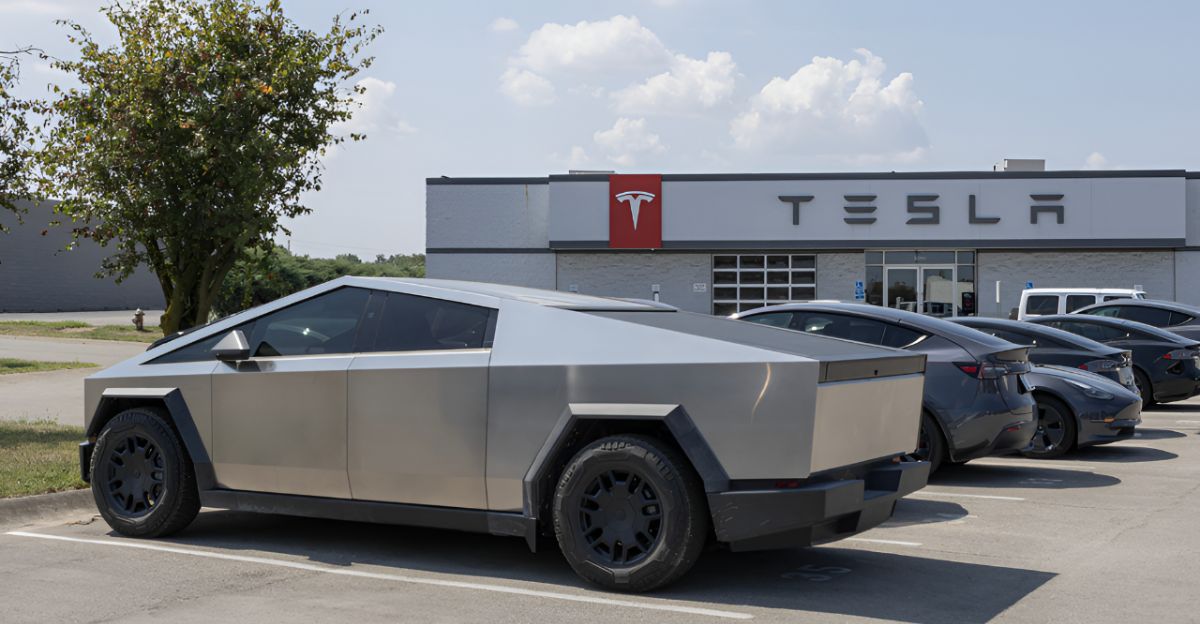
Tesla’s Cybertruck is at the center of a perfect storm. Major insurers (GEICO, Hanover, etc.) are abruptly canceling coverage, citing the truck’s costly repairs and scant claims data.
At the same time, Cybertruck deliveries are plummeting. U.S. sales fell about 63% year-over-year in Q3 2025 (around 5,400 units), far below Tesla’s 250k/yr goal. This dual shock – insurers pulling back as sales crash – shakes confidence in Tesla’s flagship pickup and the broader EV market.
Why Insurers Are Pulling Back

Insurers cite concrete challenges. The Cybertruck’s stainless-steel unibody makes even minor dents expensive to fix, often requiring full-panel replacement. Limited historical data compounds the problem: with only a few thousand on the road, underwriters lack reliable accident statistics.
Industry analysts note these factors – plus the truck’s towering weight – drive up payout risk. In fact, insurers worry that in a crash, a 6,800+ lb Cybertruck could inflict far greater damage and liability than an ordinary truck.
Coverage Cancellations Hit Home

Cybertruck owners nationwide report getting cancellation and non-renewal notices. Many face sudden gaps in coverage or must scramble for policies at steep new rates. In Illinois, owner Tobias Troy Vahl shared his insurer’s blunt letter: “Due to the limited production of the 2024 Tesla Cybertruck, we are unable to adequately rate and underwrite this vehicle… therefore, we are removing the Tesla Cybertruck from the policy”.
Such stories are common in EV forums and social media.
Expanding In-House Insurance

In response, Tesla is pushing its own insurance. Tesla Insurance – offered in select states – promises policies “designed with these vehicles in mind”. The company highlights perks like use-based premiums through in-car telematics. But uptake has been limited. Coverage is unavailable in many regions, and Tesla’s online quotes have surprised buyers.
Some owners report waiting lists for Tesla Insurance; others still can’t access it.
Rivals Gain Ground as Cybertruck Sales Stumble
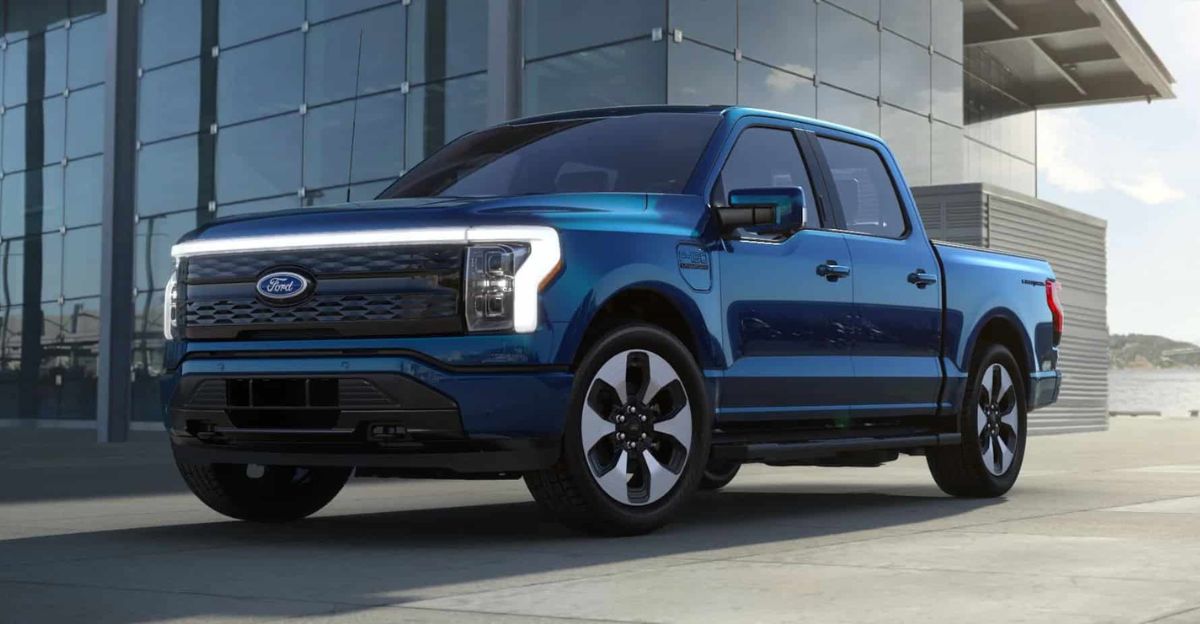
With Tesla’s flagship pickup stumbling, competitors are eating its lunch. In Q2 2025, Ford sold 5,842 F-150 Lightning EV pickups – well above Tesla’s ~5,000 Cybertrucks. General Motors’ electric trucks also outpaced Tesla: 3,056 Silverado EVs and 1,524 GMC Sierra EVs were delivered in the quarter.
In Q3, Ford sold nearly twice as many Lightnings as Cybertrucks. These numbers signal a clear shift in market share.
Global Impact of Slower Production
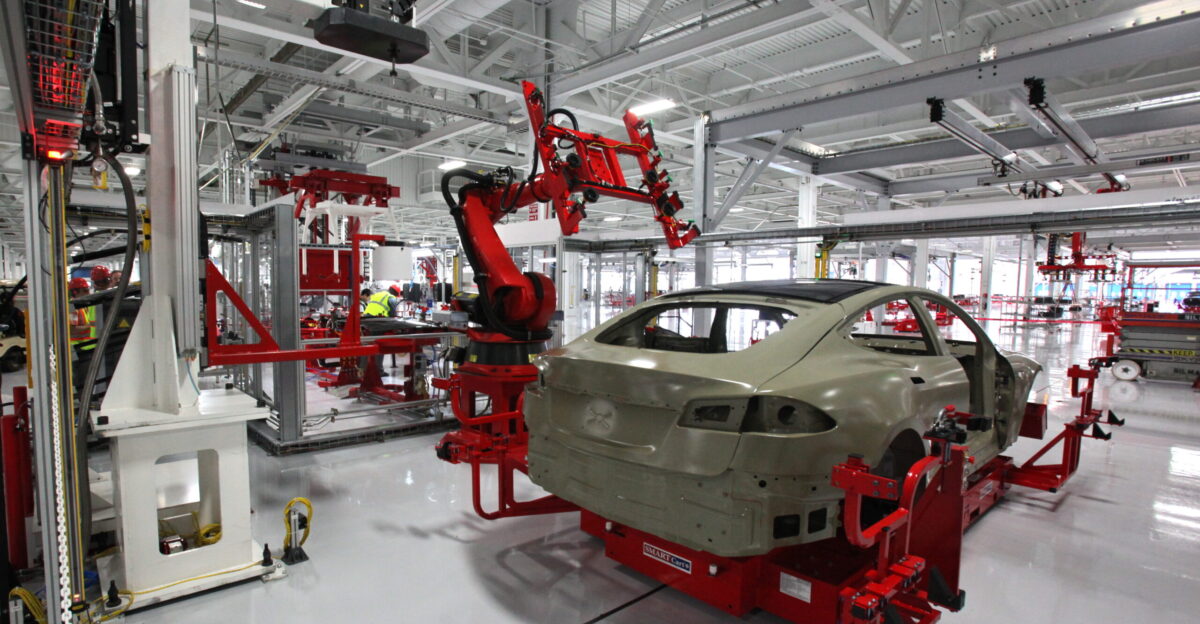
Tesla’s production cuts reverberate through the global supply chain. To avoid excess inventory, Tesla has throttled back Cybertruck assembly at its Giga Texas plant. This downshift reduces orders for specialized components from suppliers in North America and Asia. Less output also means fewer Cybertrucks shipped overseas, denting logistics volumes.
Parts distributors report tightening pipelines for Tesla-specific components, and raw-material vendors see slowing demand.
Owners and Workers Speak Out
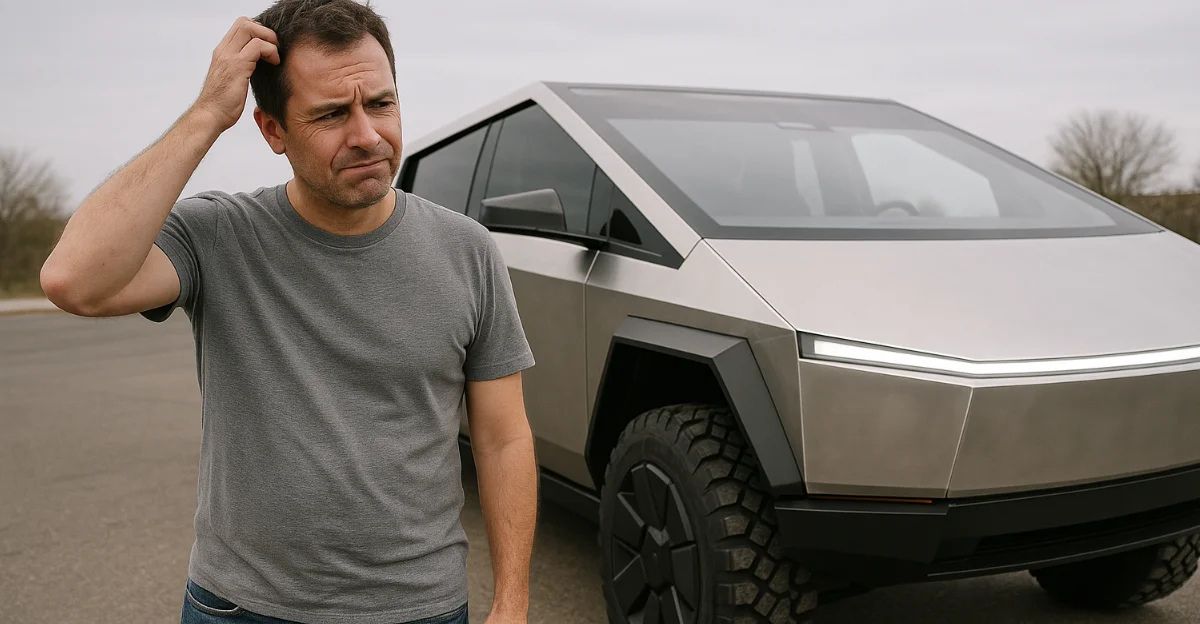
The human cost of the turmoil is evident. On social media and forums, owners post their cancellation notices and skyrocketing repair bills. “Mind you, ZERO accidents in my life,” one new owner wrote, lamenting Hanover’s abrupt policy drop.
Across town, Gigafactory Texas production workers have felt the pinch: Tesla even emailed Cybertruck line employees that they “do not need to report to work” for multiple days, still on payroll.
Investigation and Calls for New Rules

The insurance shakeup has caught regulators’ attention. In California – a major Tesla market – state insurance chiefs launched enforcement actions against Tesla’s insurers amid a flood of driver complaints.
The Department of Insurance noted that “in 2025, [Tesla’s] companies have already had more complaints… than in the three previous years combined”. Lawmakers are now discussing whether to tighten oversight of novel EV insurance products and demand clearer underwriting standards for experimental vehicles.
Costs Rise and Confidence Falters

As insurance pullbacks bite, the economic repercussions grow. Owners face higher premiums – or no coverage at all – forcing some to delay driving or shelve their trucks. Meanwhile, Tesla’s underused production capacity becomes a sunk cost: the company was set up for 250,000 Cybertrucks/yr but is operating under 10% capacity.
Analysts warn that this instability could dampen broader EV sector growth. Investment advisors caution that persistent issues may undermine consumer confidence in EVs generally.
Dealerships Shift Focus Away from Cybertruck
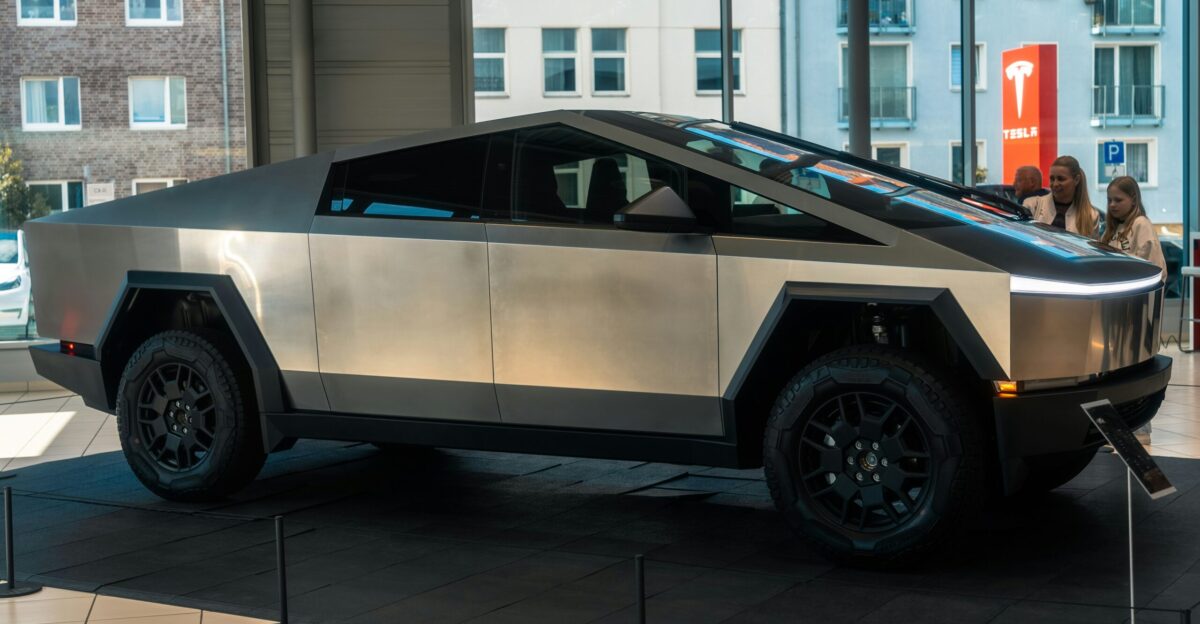
Dealerships and retailers are already adjusting. Many are de-emphasizing the Cybertruck on lots, instead highlighting models with stronger demand and insurability. It’s said dealers are offering extra incentives on F-150 Lightning, Silverado EV and other EVs that buyers can insure easily, while quietly cutting back Cybertruck inventory.
Some stores report more trade-ins of Cybertrucks into Tesla and third-party buyback programs.
Businesses Reconsider Cybertruck Orders

Commercial buyers are reacting too. Large fleet operators – from logistics companies to hotel chains – have paused or canceled planned Cybertruck acquisitions. A major delivery-service company, for example, reportedly halted a trial order when insurers balked at covering its trucks. Hospitals and universities that eyed the Cybertruck for unique uses are hesitating, citing concerns about repair turnaround and lack of backup vehicles.
The uncertainty over coverage and parts support makes risk-averse organizations shift to proven EV pickups or gas trucks for their fleets.
Parts and Service Backlogs

Auto body shops and parts suppliers are feeling the pinch. Shops that trained for Cybertruck repairs report that new business has dried up as fewer are sold and insured. “We spent extra on training and equipment for the Cybertruck’s stainless steel panels,” says one manager, “but now work is trickling to zero.”
The truck’s design makes fixes laborious: insurers note that parts shortages and complex service processes stretch repair times.
Global Buyers Become Wary

The U.S. insurance debacle is resonating globally. Overseas reservation holders are watching the coverage crisis unfold on the news and social media. Some international customers have already canceled their Cybertruck pre-orders or deferred them, fearing insurance unavailability in their home countries. For example, a German cybersecurity firm reversed its fleet order after local underwriters refused to insure the truck.
Tesla’s reputation for bold innovation is taking a hit abroad.
New Concerns Surface

Separately, the Cybertruck’s unusual specifications have raised new safety and liability questions. Its heavy curb weight (over 6,800 lbs) and rigid design worry some experts. Insurers point out that in a collision, a Cybertruck’s mass and energy could “increase the likelihood of severe… injury” and expensive claims.
With cities reviewing EV safety regulations, questions have arisen about whether existing standards adequately cover a vehicle like the Cybertruck.
Innovation vs. Practicality
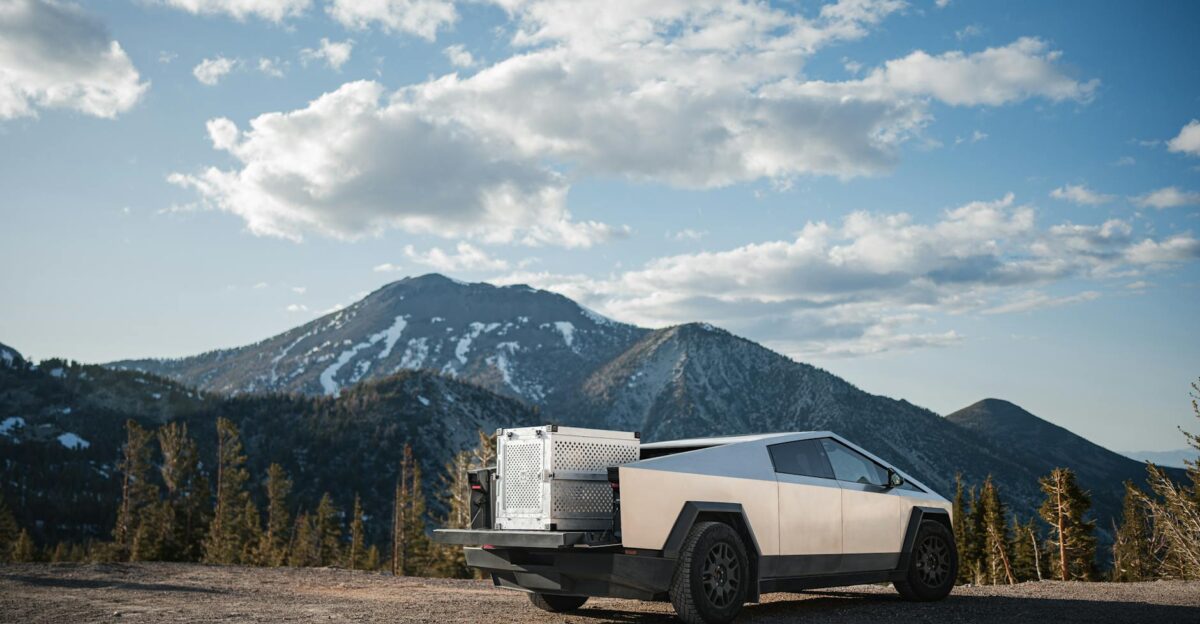
The Cybertruck saga has sparked a broader debate in the EV community. Critics argue that Tesla’s headline-grabbing design outpaced the ecosystem that needed to support it, calling this episode proof that “daring innovation” must be matched by practical considerations. One blogger observed, “You can build a truck for Mars, but if no one can fix it or insure it on Earth, you’ve got a problem.”
Supporters counter that early models often face hurdles and insist this will all be temporary.
Who Gains from Tesla’s Woes
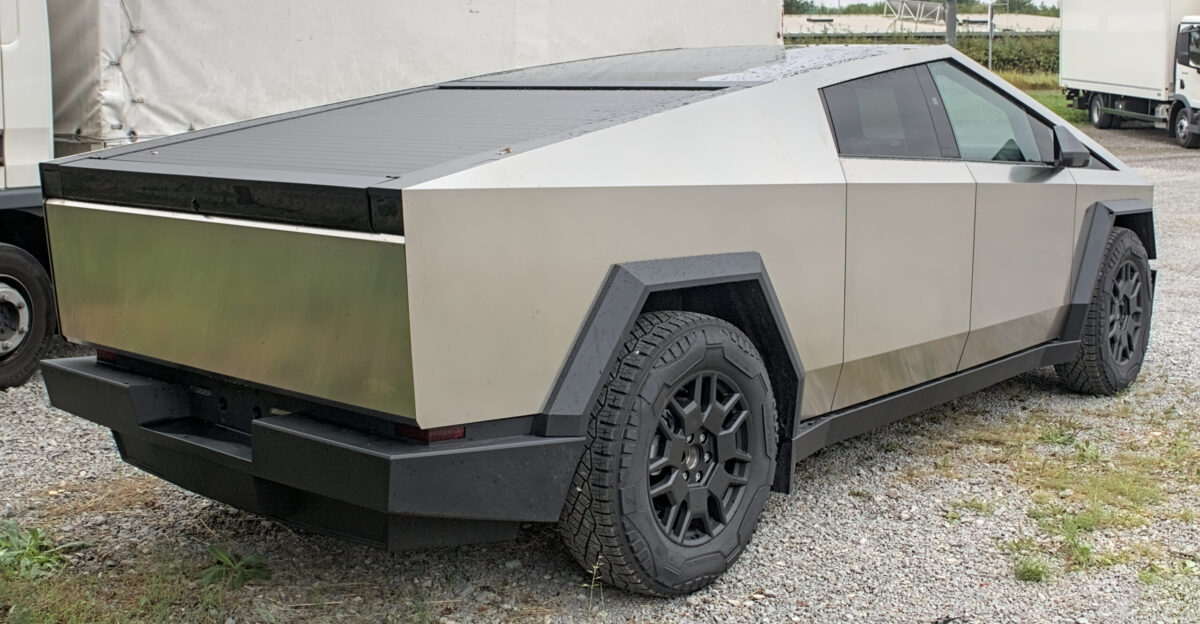
Unexpectedly, a few players are benefiting. Insurers willing to write Cybertruck policies have announced upticks in EV business. Their nimble underwriting attracts stranded Tesla owners.
Meanwhile, legacy automakers reap gains: analysts note Tesla’s shortfall has handed more market to Ford, GM, and newcomers by default. On the losing side: Tesla’s brand and its early adopters are hardest hit by the fiasco.
Tesla Shares and Analyst Reactions
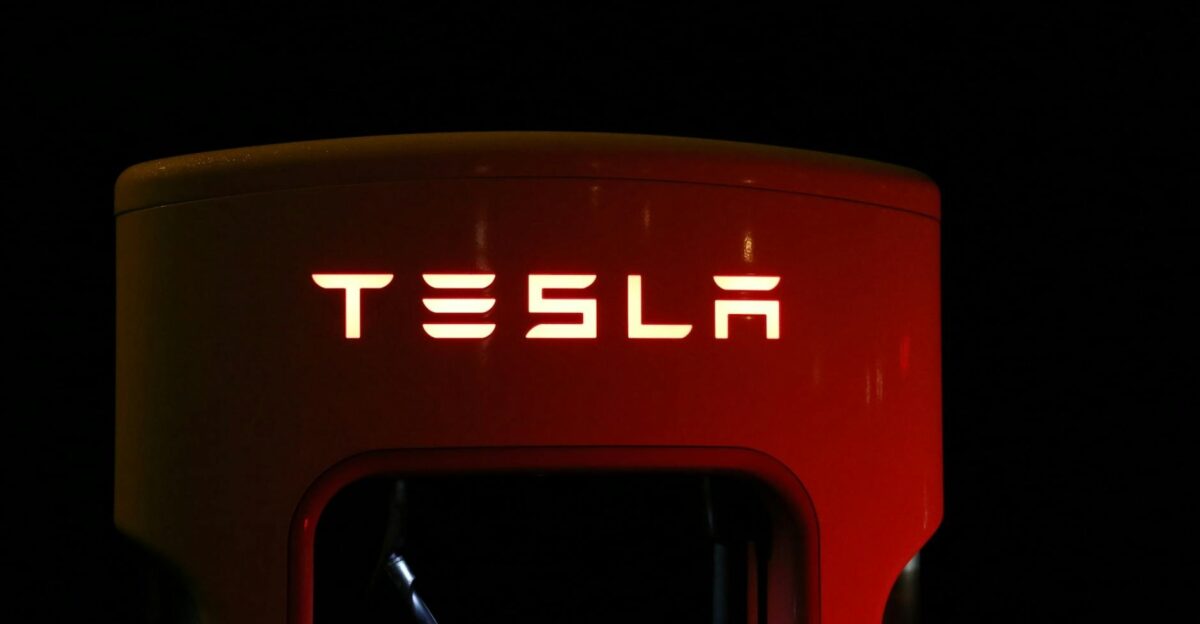
Tesla’s stock has seen volatility as the news unfolds. In late 2025, shares wavered after reports of sagging Cybertruck demand and insurance issues. Analysts are split: some see the troubles as a short-term setback, while others warn of deeper structural issues.
One financial report noted that even as Tesla’s total EV deliveries climbed, the Cybertruck’s weak performance stands out. In Q3, external data showed Ford selling nearly twice as many Lightnings as Cybertrucks, underscoring competitive pressure.
Navigating the Insurance Maze
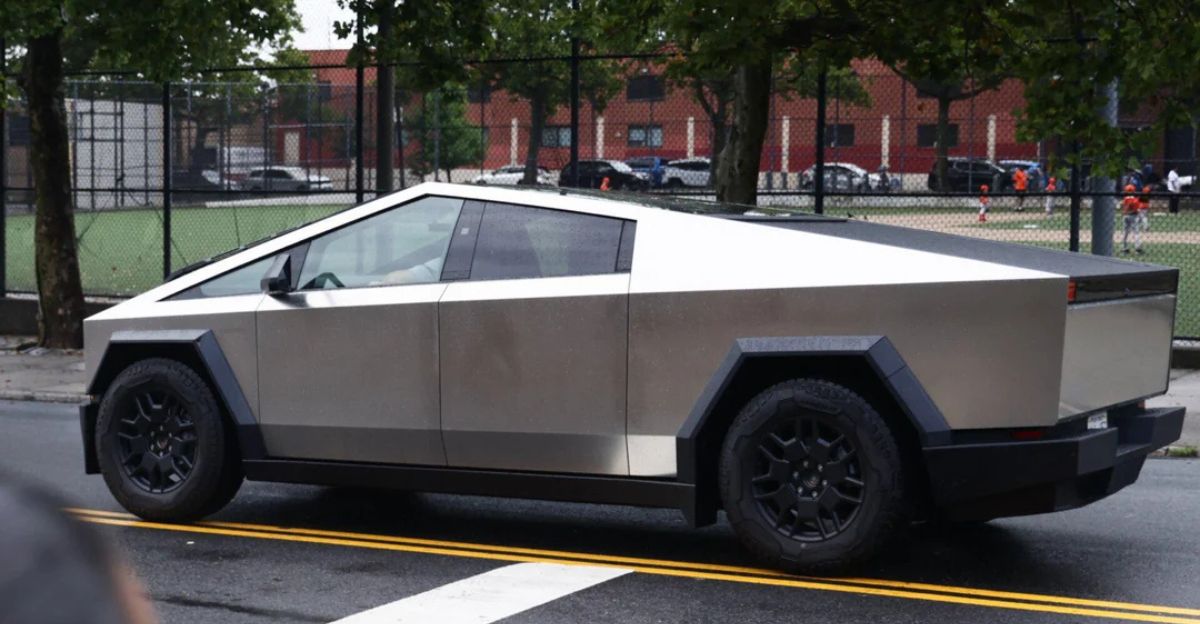
Experts urge Cybertruck drivers to act immediately upon any cancellation notice. First, review the insurer’s letter carefully – by law, it must explain why coverage is dropped. Next, don’t drive uninsured: begin shopping with other insurers right away. While many carriers are skittish, some may still write new policies.
Tesla’s in-house plan can be an option in covered states, though owners note it can be pricey. Keep meticulous records: save every notice, email, and quote.
Fixing the Crisis and Restoring Confidence
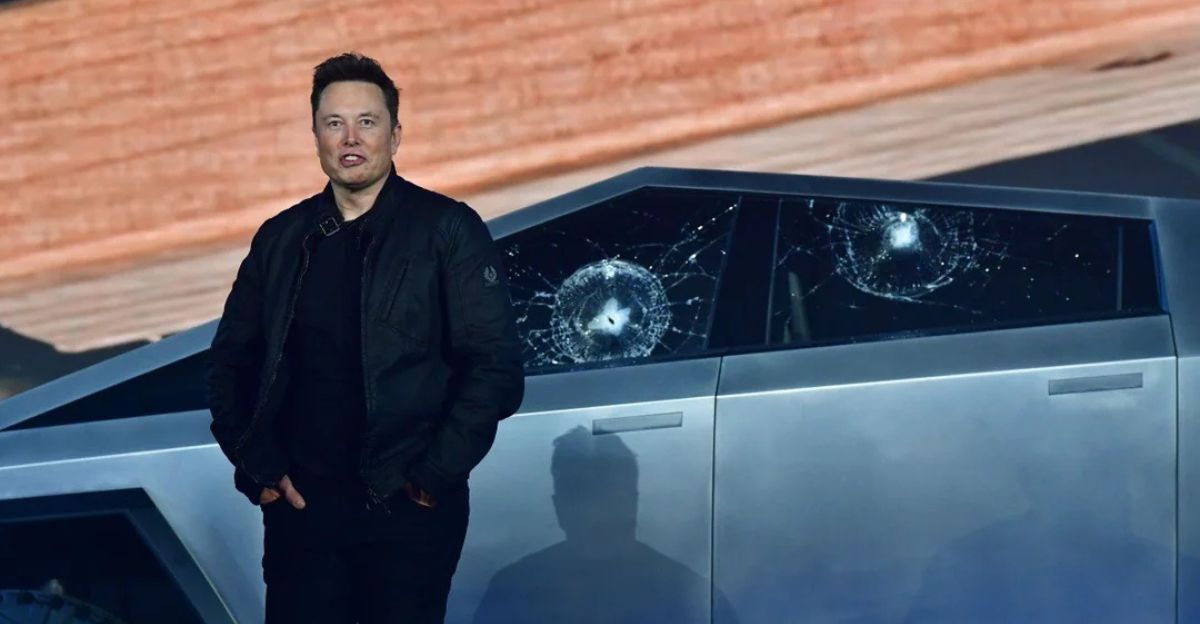
Facing multiple pressures, Tesla must act decisively. The company will need to resolve the insurance crunch.
It may also revise Cybertruck production plans or pricing to reignite demand. Musk has hinted at improvements, but analysts warn the clock is ticking: EVWorld calls the episode “a cautionary tale” – Tesla built a truck for the future, but unless it can navigate the present, that future could be short-lived.
Balancing Bold Design with Preparedness
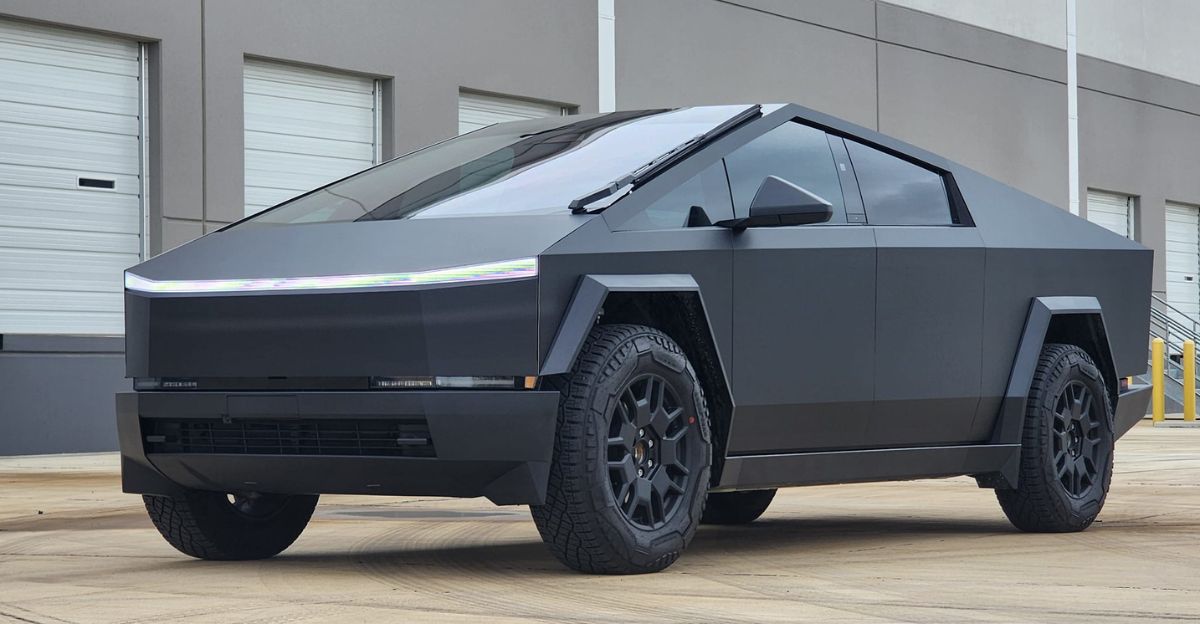
The Cybertruck crisis highlights a key industry lesson: innovation without infrastructure risks backfiring. Even as overall EV adoption grows, the Cybertruck saga shows how one product’s unique design can send shockwaves through insurers, consumers, and markets.
Regulators and manufacturers alike see that developing new vehicles must go hand-in-hand with preparing supply chains, services, and regulations.